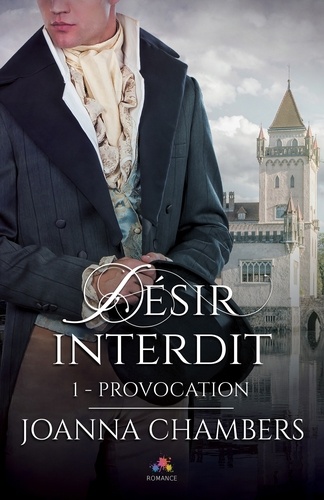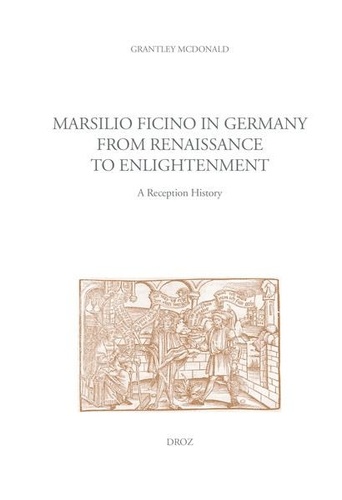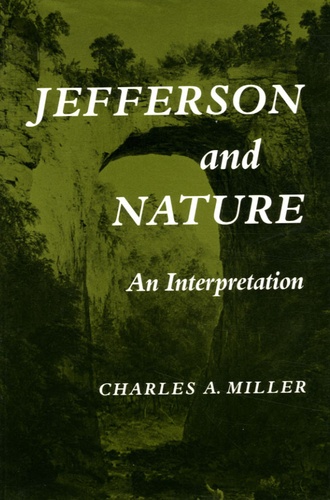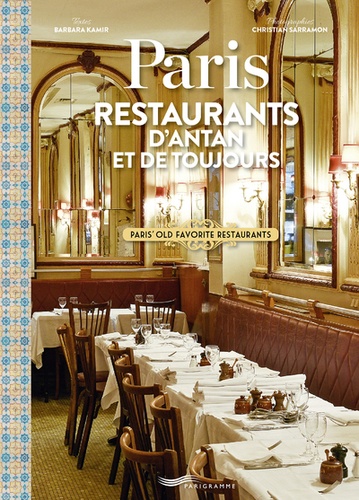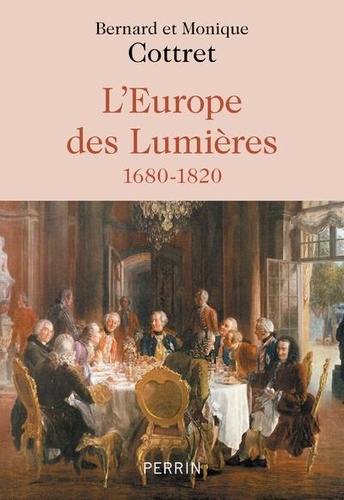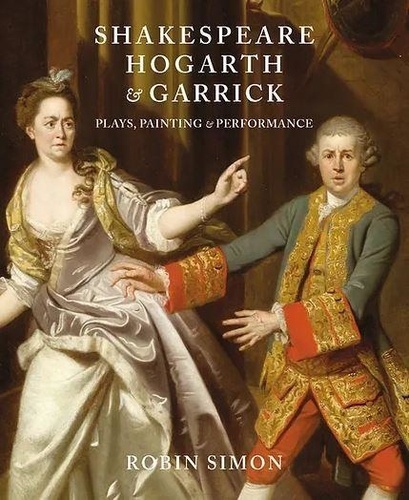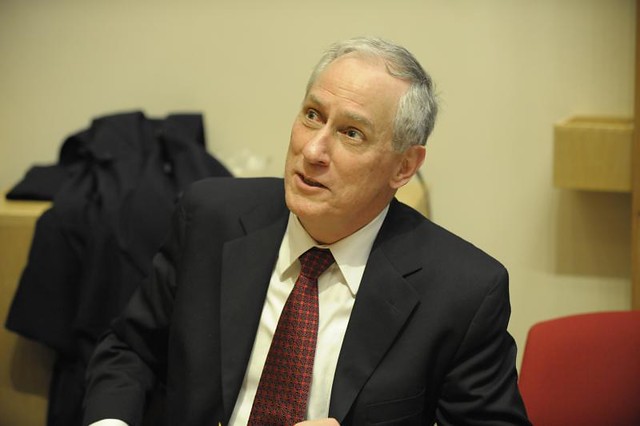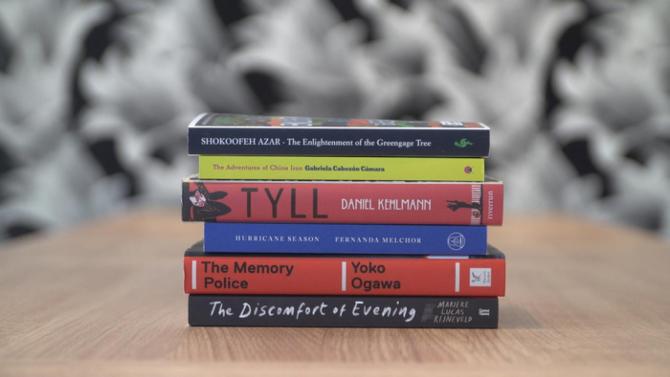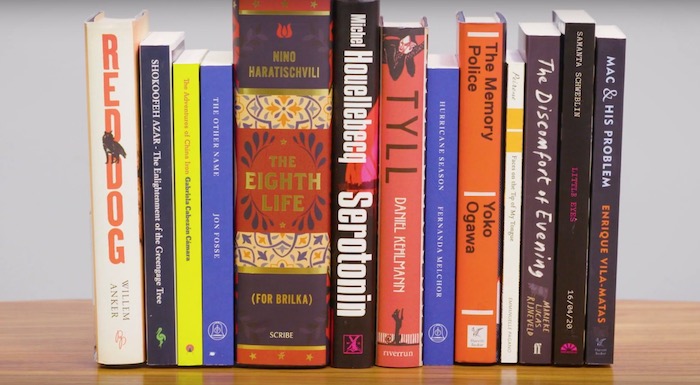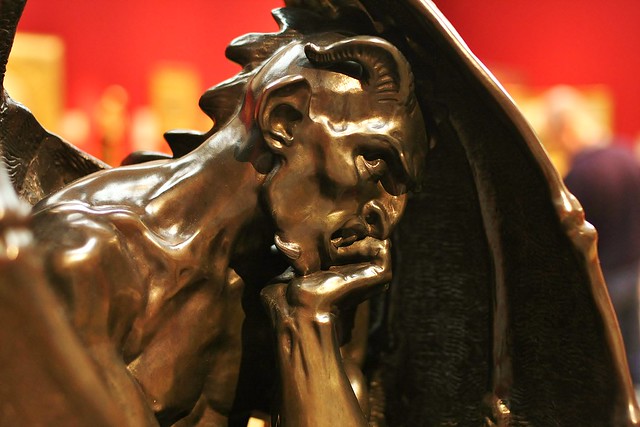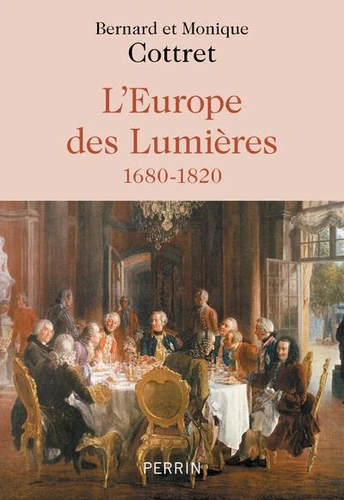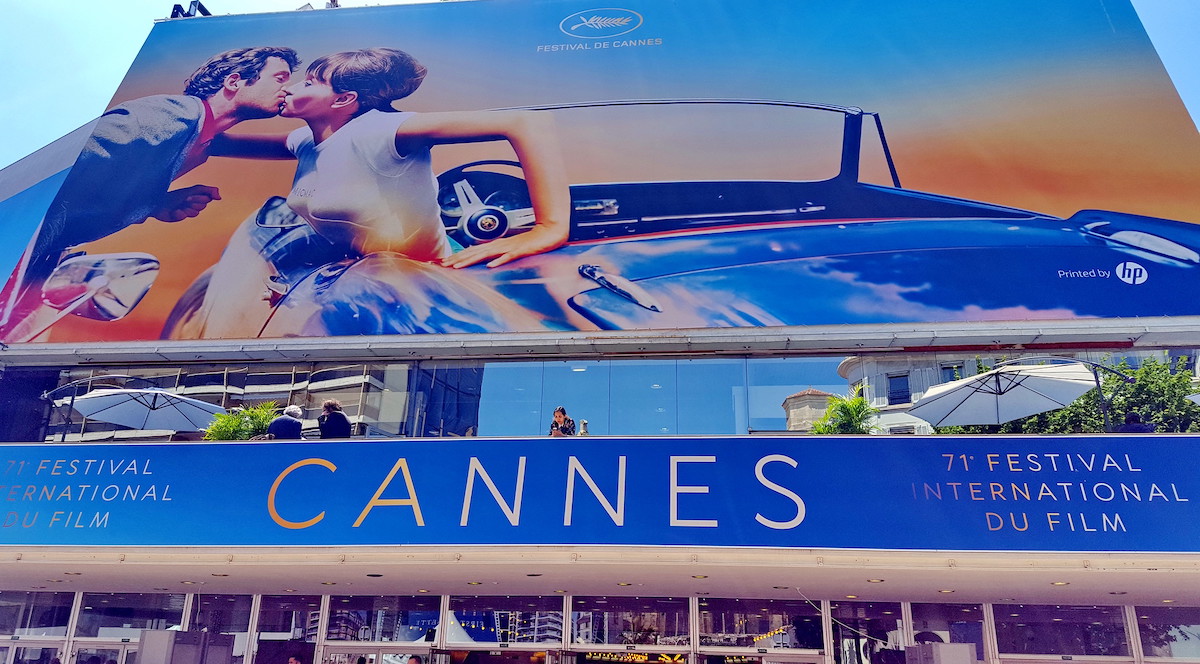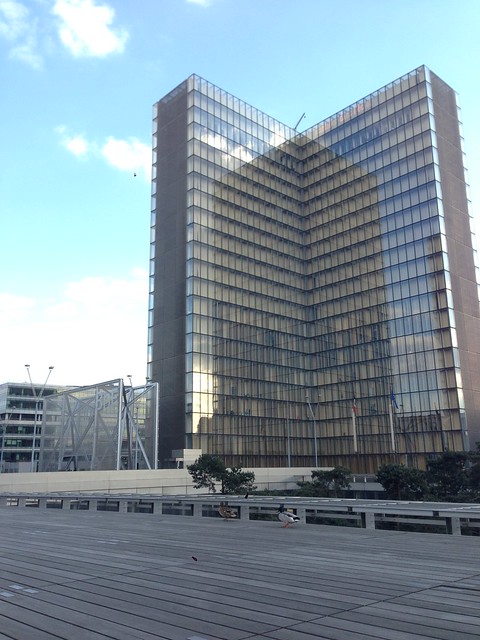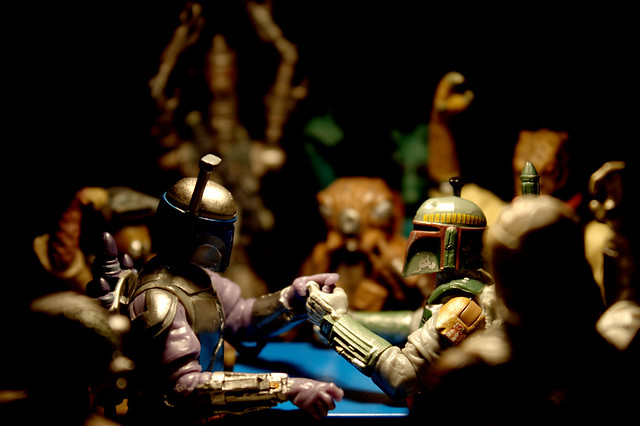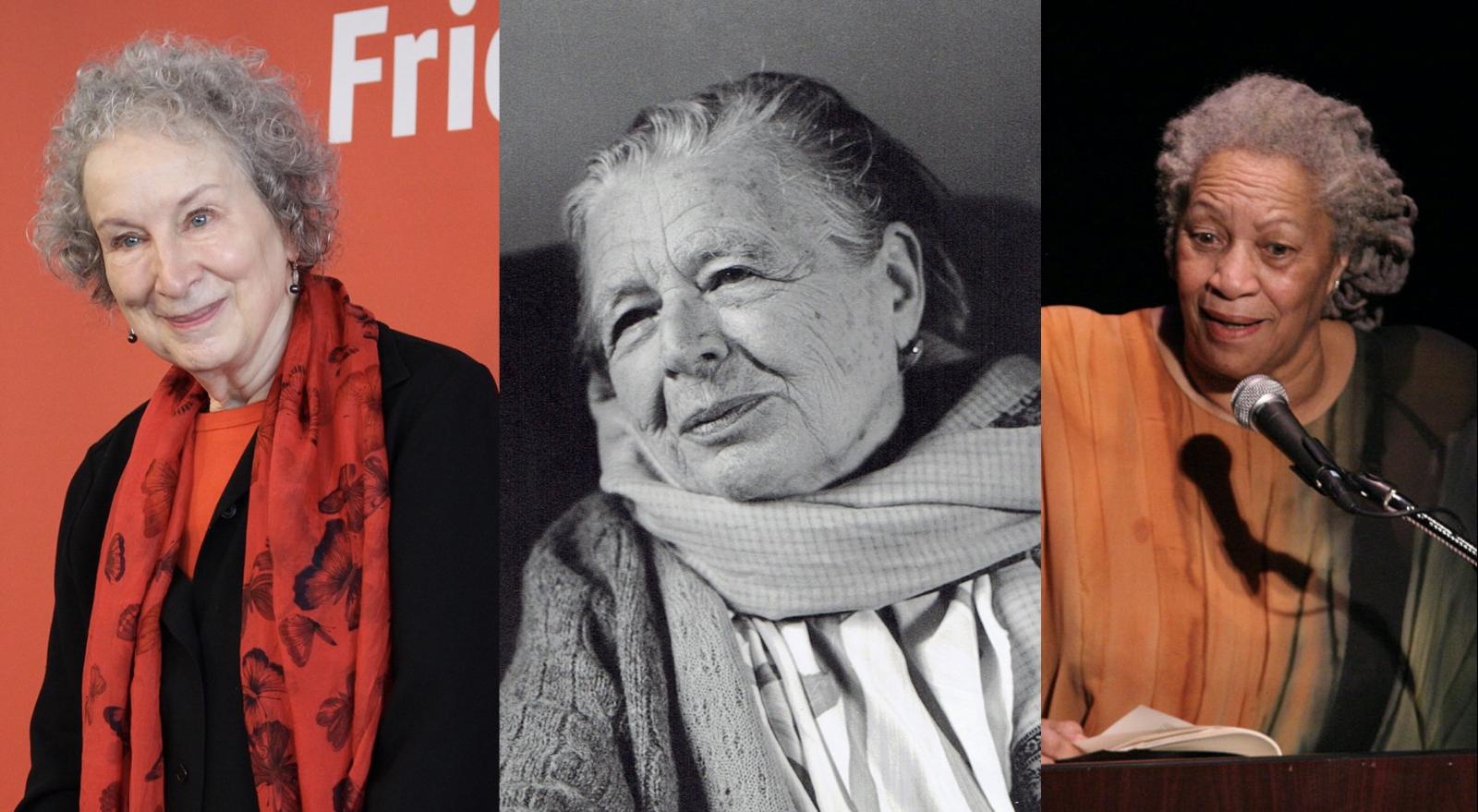L'Europe des lumières
Une immersion totale dans un siècle prodigieux où tout devient possible. " Nous voilà dans un siècle qui va devenir de jour en jour plus éclairé ", écrit dès 1684 le philosophe Pierre Bayle. De proche en proche et d'ouest en est, la lumière, singulière puis plurielle, gagne l'ensemble du continent européen : Enlightenment, Lumières, Aufklärung, Illuminismo... , le mouvement se décline dans toutes les langues au XVIIIe siècle, pénètre les esprits et modifie les comportements. C'est la fin d'une histoire, et le commencement d'une autre, où la raison, la science, le droit, la tolérance, la liberté et le bonheur individuel dessinent un horizon nouveau. Même déchirée par les guerres, deux années sur trois, l'Europe se constitue en conscience collective, conçoit et met en oeuvre, dans des réalisations multiples, l'idée de progrès. Sans être une histoire sainte des Lumières, ce grand livre aux facettes multiples, ancré dans les écrits comme dans les faits, accorde une large part aux destins individuels des philosophes, des rois, des inventeurs, des écrivains et des artistes ; de Newton à Kant, entre Voltaire et Frédéric II, avec Emilie du Châtelet et Angelica Kauffman, des dévots de la Grande Catherine aux partisans du Contrat social, de Lumières en Révolutions... Alors qu'aujourd'hui les Lumières subissent des remises en cause et des assauts critiques, il fallait convoquer ce passé et le mobiliser au service d'un humanisme universaliste plus actuel et nécessaire que jamais.
10/2023
